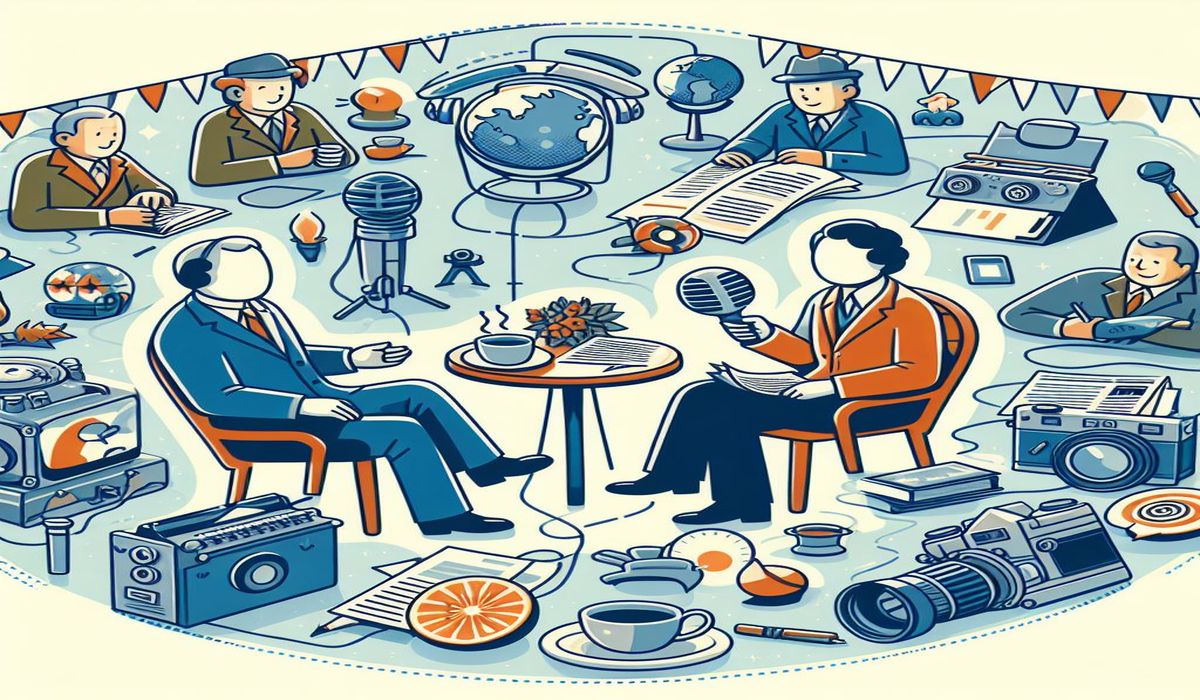Have you ever heard a story passed down through generations, a tale whispered from grandparent to grandchild, a memory shared over steaming mugs of tea? That’s the magic of oral history – a tapestry woven from personal narratives, a window into the past seen through the eyes of those who lived it.
But hold on, before we get swept away in the romance of it all, let’s peek behind the curtain. Oral history, as captivating as it is, comes with its own set of quirks. These “wobbly memories,” as some might call them, can add a layer of intrigue, but they also require a healthy dose of critical thinking.
In this blog we’ll unpack some of the key challenges and nuances associated with using oral histories:
- The Whisper Factor:
Imagine a game of telephone – a story starting out crystal clear, but with each retelling, details get embellished, forgotten, or twisted. That’s what happens with oral histories. Memories fade, perspectives shift, and sometimes, a little pride gets thrown into the mix.
- The Power of Perception:
We all see the world through our own unique lens. Oral histories are no different. The person sharing their story is bound to present their own interpretation of events, highlighting moments that resonated with them. This can be fascinating, offering a glimpse into individual experiences, but it’s important to remember, it’s not necessarily the whole picture.
- The Art of the Interview:
The interviewer plays a surprisingly big role. A leading question here, a gentle nudge there, can subtly influence the direction of the story. A skilled interviewer creates a safe space for honest reflection, but their presence can still impact the final product.
- Power Dynamics:
The power relationship between interviewer and subject can affect the content of an oral history. Subjects may be reluctant to share sensitive information or feel pressured to conform to the interviewer’s expectations.
Beyond the Whispers:

So, does this mean we should throw out grandma’s stories? Absolutely not! Oral histories are precious gems, offering invaluable insights often missing from written records. The key is to be aware of the quirks.
Here’s the beauty – these “wobbly memories” can sometimes lead us to hidden truths. Inconsistencies can spark further investigation, forgotten details might jog someone else’s memory, and subjective perspectives can paint a richer picture of the past.
The Power of the Mix:

The real magic happens when we combine oral histories with other sources like written records, photographs, or even physical evidence. By triangulating information, we can build a more comprehensive understanding of the past, one that acknowledges the whispers and wobbles, while still appreciating the power of personal narratives.
So next time you hear a whispered tale, a memory passed down through time, remember, it’s not just a story – it’s a piece of the puzzle, a unique perspective waiting to be explored with a critical yet curious mind.
We’d love to hear your thoughts! Leave a comment below and share your experiences with oral history. And remember, if you ever need help preserving your own stories, we’re here for all your oral history transcription needs. Remember to always be kind, stay positive and learn to unwind.
